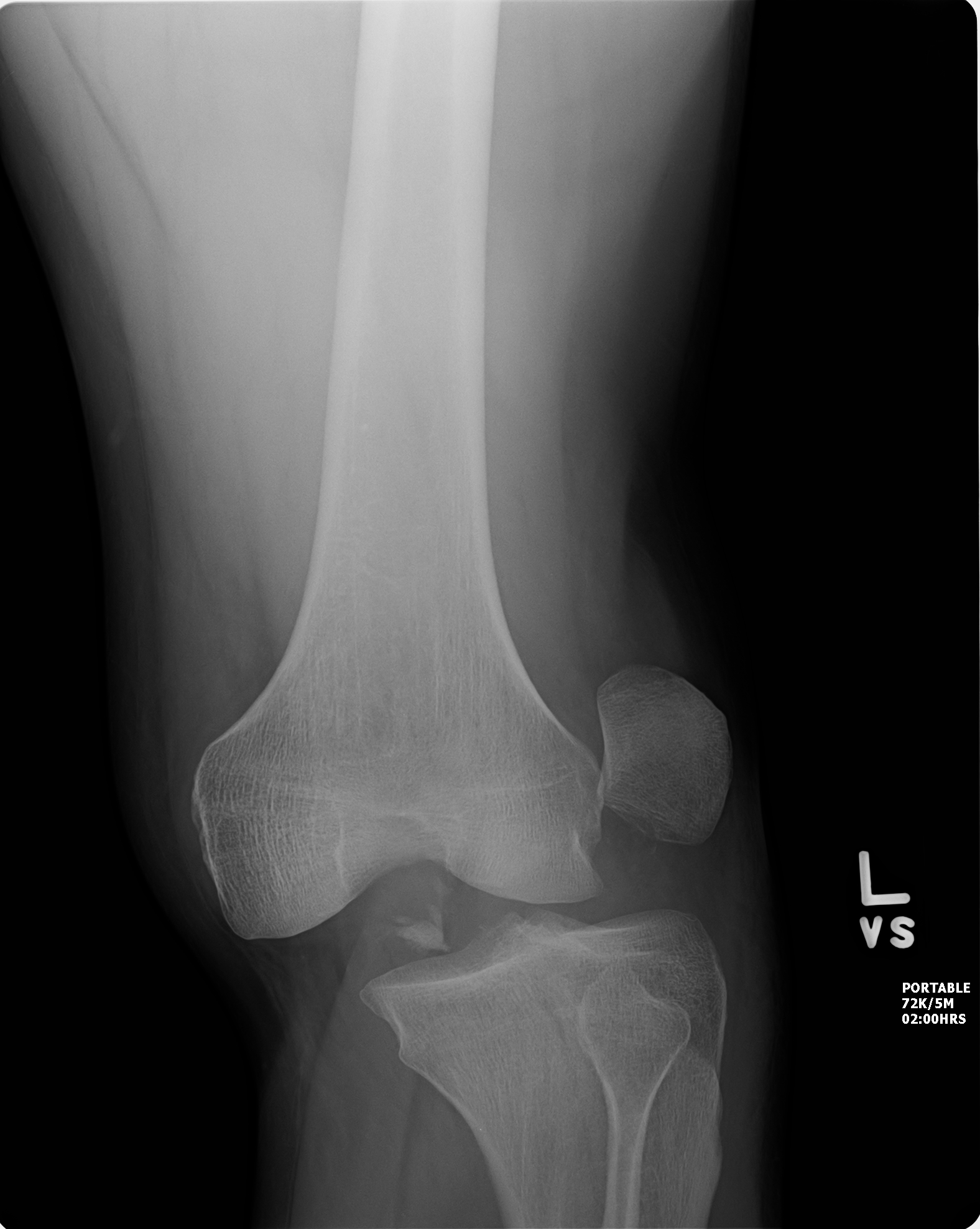Can’t-Miss Takeaways Of Info About How To Tell If Your Knee Is Dislocated

Doctors classify knee dislocations based on the position of the tibia in relation to the femur:
How to tell if your knee is dislocated. You may also experience a. The knee is usually stuck in a position that is bent at 20 to 30 degrees. You cannot straighten out a bent knee, your kneecap dislocates to the outside of your knee, you have pain and.
Typically, that something is a partial or. Diagnosis is made clinically with careful assessment of limb. The knee may also be tender when pushed on, especially along the edges of the kneecap.
It’s usually caused by force, from a collision, a fall or a bad step. Your knee buckles and can no longer support your weight; If you dislocate your patella, you may experience some of the following symptoms:
The type of treatment depends on your injuries, your age, and your activity level. Symptoms the most obvious symptom of a dislocated kneecap is pain, particularly when you stand up or straighten your knee. If the kneecap dislocates to the.
Your health care provider will examine your knee. Symptoms of a partial dislocation may include: Sports medicine if your kneecap pops or slides to the outside of your knee, you'll definitely know that something's going on.
Other signs your knee may be dislocated are: This fracture dislocation is more serious and you’ll need urgent. You think your kneecap dislocated.
Limited range of motion of the knee: Sports medicine how do i know if i have dislocated my knee? This is less common than car accidents, but it’s possible to dislocate your knee if you collide with great force with another player or with the ground when your.
A patellar dislocation can sometimes occur with a fracture of either the femur or the patella. The goal of treatment is to repair your knee dislocation and other injuries. Swelling in the knee may be a symptom of a dislocated kneecap.
The position of the kneecap keeps the knee from bending normally if it is dislocated. A patella dislocation occurs when the knee cap pops sideways out of its vertical groove at the knee joint. If it is stuck and painful to move, stabilize (splint) the knee and get medical attention.
Primary symptoms of kneecap dislocation may include: Your kneecap slips off to the side;. If you can, straighten out your knee.




:max_bytes(150000):strip_icc()/treatment-of-a-patellar-tendon-tear-25495911-5c77359a46e0fb0001d83ca7.png)













